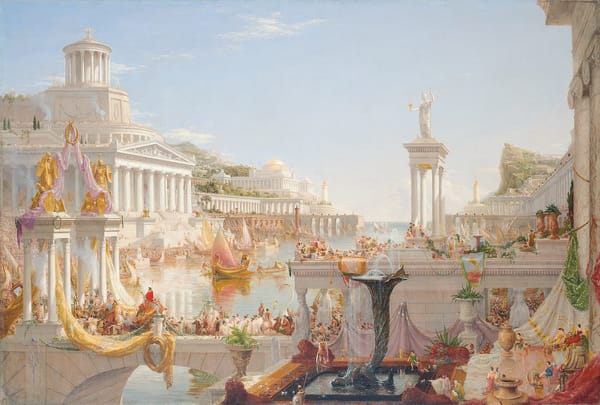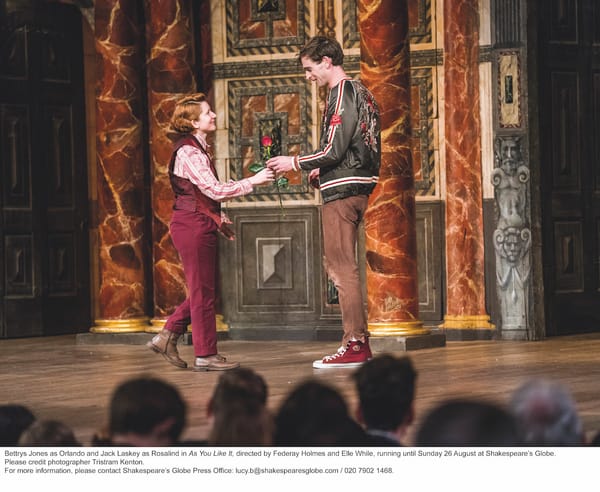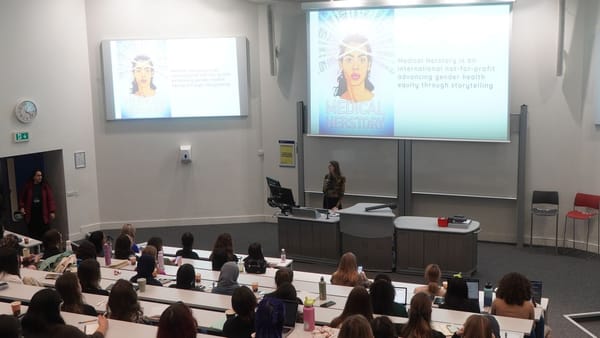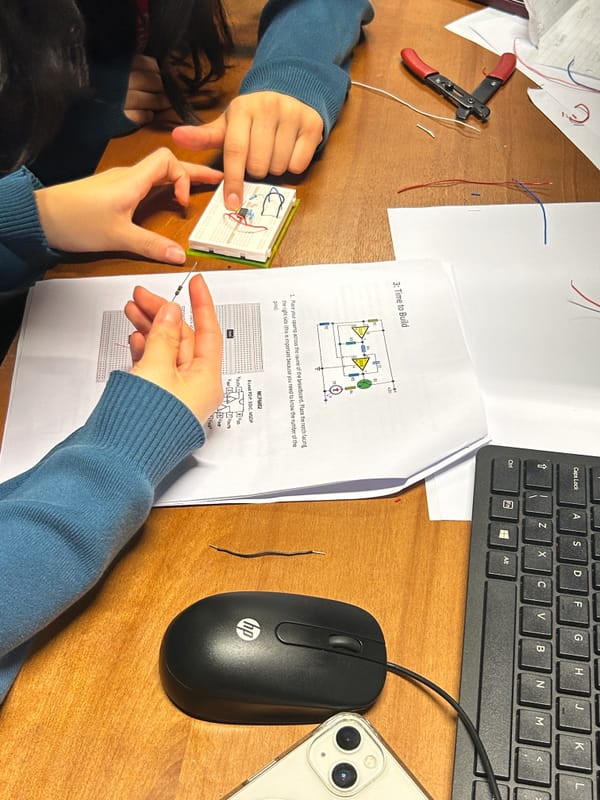Frida Kahlo: making an icon into a caricature?
A new exhibition at the V&A promises to reveal an intimate side to the artist. While her self-portraits and photographs prove revealing, Arts Writer Simran Kukran argues that the exhibition as a whole leaves a lot to be desired.

Frida Kahlo’s is a feminist icon. Her eyebrows, jewellery, and clothes are distinctly recognisable through her self-portraits, and Kahlo is revered for challenging gender norms and rejecting colonial influences as a proud Mexican communist. This is the first time the artwork, medication, clothing, and other personal belongings have been displayed outside of her home on the outskirts of Mexico City, now known as the Museum of Frida Kahlo. At the time of her death, Kahlo instructed her husband to seal off her bathroom. Only in 2004 were its contents revealed.
Most of the contents of this exhibition were found in this way. The V&A exhibition was curated in partnership with the Museum and Frida Kahlo Foundation. It has been advertised as “intimate”, seeking to sensitively display another side of the artist, but crosses the line into blunt and invasive. The focus does not seem to be on Kahlo’s artwork, but instead on her clothing and belongings.
The exhibition addresses Kahlo’s entire life. In the first room there are photographs of Kahlo as a young girl, followed by her earliest works. It is striking to see actual photographs of Kahlo alongside her self-portraits. Although clearly recognisable, in her self-portraits her features look stronger – harsh and more masculine, with prominent facial hair. In photographs her face shape is softer and, while the unibrow is strong, facial hair is barely visible. Aside from being beautiful works in their own right, the photographs contextualise the artworks aiding interpretation. The balance is skewed, however, and it feels the powerful artwork that should be taking centre stage is stuck in the background.
“It is striking to see actual photographs of Kahlo alongside her self-portraits”
Kahlo suffered from polio as a child, and a traffic accident at 18 left her disabled with chronic pain. Although she aspired to be a doctor, she never fully recovered and did not return to education. She began painting while bedridden. The details of her health issues were kept private, but her pain and disability was explored regularly in her artwork, most famously in The Broken Column (1944). There is only a small photo of the work visible, but Kahlo’s prosthetic leg sits in a large mirrored case in the middle of a dimly lit room with eerie music playing. This feels sensationalist, almost perverse. It is as if her pain is being fetishized. Her orthopaedic corsets are also on display. The fact that Kahlo decorated, almost graffitied, these means their display as works of art is less uncomfortable. Particularly moving is a foetus painted onto the corset following a termination for health reasons. Her medication is displayed alongside letters appealing for doctor’s appointments. While her disability was an important part of Kahlo’s identity, it was explored in her own terms in her artwork; to force this level of exposure seems insensitive.
Kahlo was a proud communist and Mexican patriot, even changing her birthyear of 1907 to 1910, that of the Mexican Revolution. Her passion was reflected in her clothing; she wore pre-colonial traditional Mexican dress to make an empowered statement. There are photos of her family members wearing similar clothing, and she was proud of her matriarchal heritage. The clothing has been beautifully restored and displayed. Captions proudly highlight the fact the clothing’s cigarette burns and mending after wear and tear mean it was well loved – “her wardrobe was not staged but a second skin” – but is this really so surprising? Kahlo is an icon, yes – but she is not just a character for a Halloween costume. Is it so shocking her clothes were worn and lived-in? Kahlo’s makeup is also displayed, with some kohl used to darken her distinctive eyebrows still in its original packaging. The curator notes Kahlo “constructed” her identity though her belongings but, however beautiful, they do not give nearly a fraction of the insight her expressive paintings do.
Perhaps her clothing and belongings have a different feel displayed in her Mexico City home, but something in the V&A feels uncomfortable and doesn’t sit quite right. Leaving the exhibition continues in this vein – giftshop tote bags and fridge magnets are decorated with her image, and you can purchase floral headdresses inspired by her look. There is also Mexican hot sauce on the shelves. It is unclear what the purpose of this is, but whatever the purpose, it does not seem to have been achieved. Out in the garden there is a very Instagrammable wire sculpture topped with flowers, with a hashtag competition to win a frozen margarita. The exhibition sought to reveal Kahlo’s identity in an intimate way, but the result is more like caricature. While the style of delivery is not special, the exhibition is worth going to see for Kahlo’s extraordinary paintings alone.
Frida Kahlo: Making Herself Up
2.5 Stars
Where? The V&A When? 16th June – 4th November How Much? £15; £13 students








